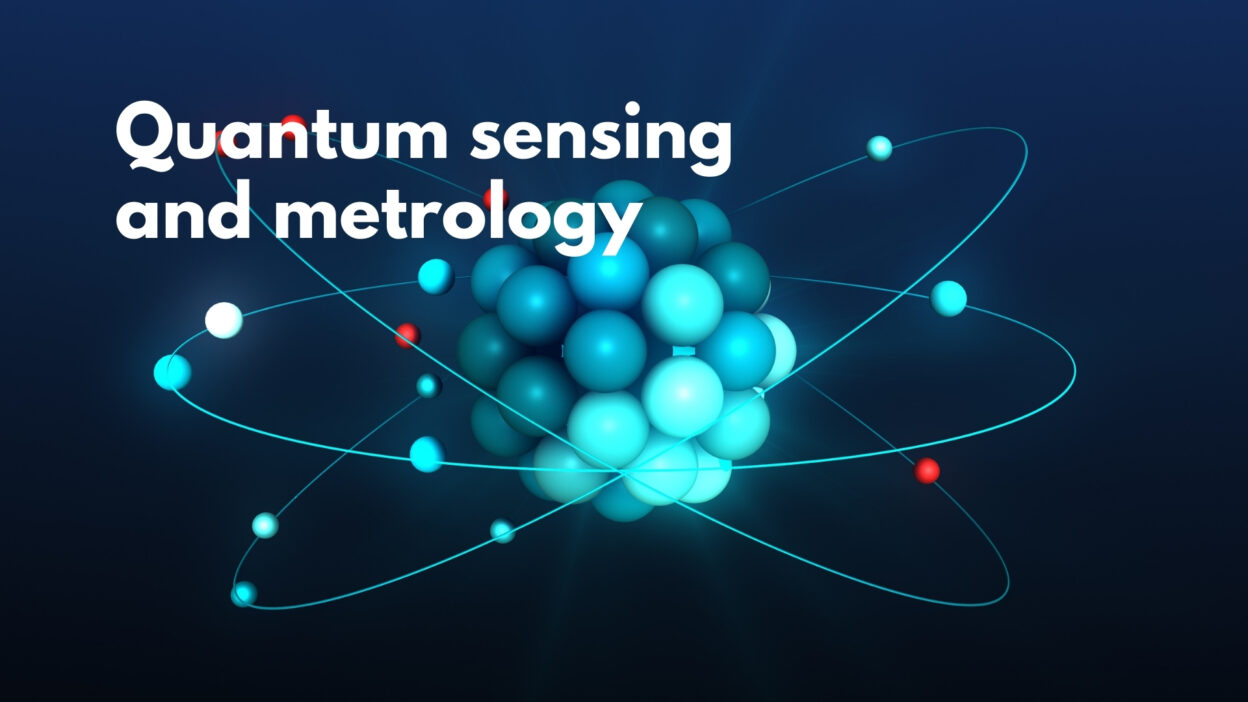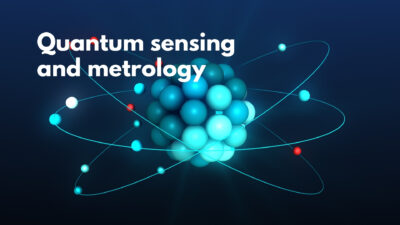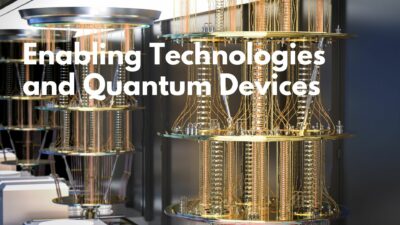The article is a compilation of research publications from the Quantum Sensors Division at NIST (National Institute of Standards and Technology) between 2015 and 2019, focusing on advancements in quantum sensors, particularly **transition-edge sensors (TES)** used in X-ray and gamma-ray spectroscopy. These sensors are highly sensitive devices that measure energy by detecting tiny temperature changes when absorbing photons.
Most of the research involves improving **microcalorimeter spectrometers**, which use TES to detect and analyze X-rays with high precision. Key areas of development include:
– Enhancing the accuracy and resolution of X-ray spectroscopy for scientific applications, such as studying highly charged ions or materials under extreme conditions.
– Developing advanced readout techniques like **microwave SQUID multiplexing** and **code-division multiplexing**, which allow multiple sensors to be read simultaneously, improving efficiency in large arrays.
– Improving thermal control and reducing noise in sensors operating at near absolute zero temperatures (millikelvin range).
– Addressing technical challenges such as crosstalk between sensors, calibration accuracy, and data processing algorithms for handling high pulse rates.
These advancements are critical for applications in **astronomy**, **materials science**, and **nuclear physics**. The research is ongoing with most developments still in the experimental or prototype stages, though some technologies have been tested in real-world instruments like X-ray spectrometers at synchrotron facilities or space-based observatories.
Overall, the work contributes to making quantum sensors more reliable, efficient, and capable of supporting cutting-edge scientific research.
Source: https://www.nist.gov/pml/quantum-sensors/quantum-sensors-division-publications-2019-2015
Keywords: Transition-edge sensor, X-ray spectrometer, Microwave SQUID multiplexer



